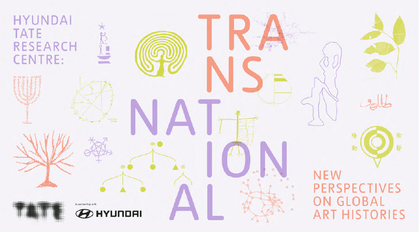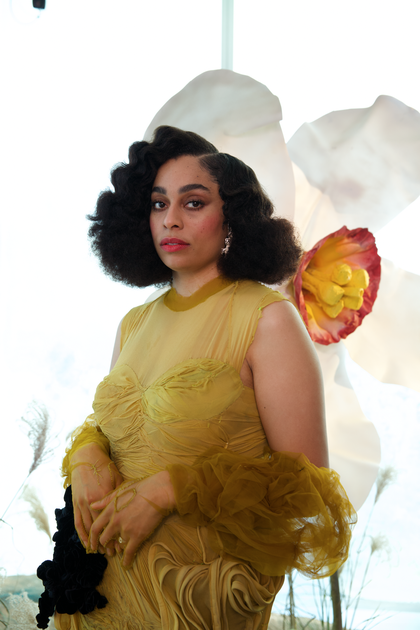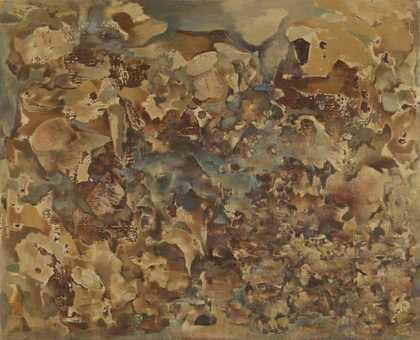Cairo, Egypt, 1938.
A group of 37 women and men including artists, writers and thinkers signed a manifesto titled "Long live degenerate art! We stand absolutely as one with the so-called degenerate art denounced by Hitler's Nazi party" they declared.
"The works of these artists are actually the product of the ultimate in freedom, strength and human feeling. Art must be free from the artificial
boundaries created by politicians"
This manifesto marked the start of the group known as Art and Liberty. They were furious with the injustices in Europe as well as at home
The Egyptian government under British political influence supported thousands of foreign soldiers stationed in Cairo but did nothing for Egyptian citizens living in poverty.
Art and Liberty watched the gap between the rich and the poor grow larger and larger. It was time to speak out and surrealism was their voice.
Art and Liberty used surrealism to rebel against the establishment who suppressed freedom in the name of tradition and rationality.
They made works that were challenging to look at and rejected political propaganda.
When the Egyptian government tried to promote heroic images of ancient pharaohs as a symbol of national power, photographer Ida Kar turned this idea on its head and made pharaohs look like ordinary objects.
Surrealism also expressed Art and Liberty's anger about social and economic inequality.
The painter Mayo used shapes and forms to represent violence and police brutality while Inji Efflatoun and Amy Nimr painted trapped, twisted or transformed bodies to highlight the suffering of women forced into sex work by war and poverty.
But the surrealist art created by Art and Liberty was not identical to the art created in Europe.
To address the problems in Egypt required a unique type of Egyptian surrealism, argued the painter Ramses Younan. He called it "subjective realism".
While European surrealism was divided between exploring the symbolic like Salvador Dali's dream-like landscapes or revealing the unconscious like Joan Miro's automatic paintings, Subjective Realism brought the two together and allowed Egyptian surrealists to delve into their unconscious as well as Egyptian symbols, landscapes and culture.
Art and Liberty quickly found supporters in the international surrealism movements through the likes of the American photographer Lee Miller who was living in Cairo and had connections to England and Europe. She circulated writings from aboard and witnessed the development of Egyptian surrealism.
Art and Liberty continued until 1948 and by that time they were one part in a huge global and still-growing network of surrealists. Until now the most famous surrealist artists have all been European but in reality surrealism united artists across the world in cities like Tokyo, Havana and Mexico City.
Artists were using surrealist ideas to challenge the establishment and authorities on how to live, think and make art.
Like Art and Liberty in Cairo, they were doing surrealism in their own way.







